"SEC | S20W1: Impact of Climate Change on Agriculture"
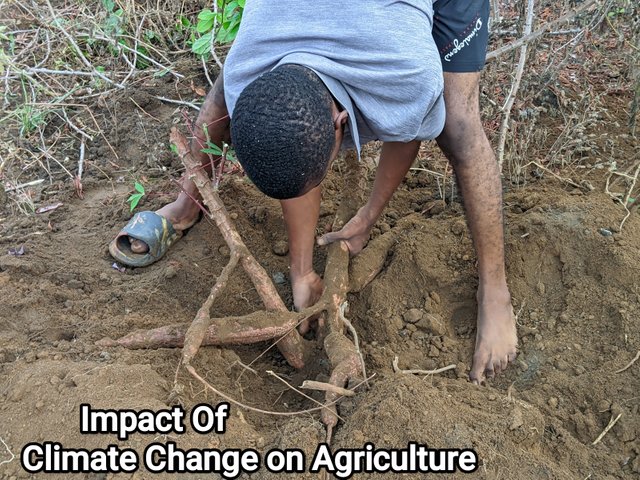
This topic reminds me of a farmer who planted maize in 2 plots of land, and the following day, flooding washed out everything he planted on his land. This man prayed for the rain to stop, and it did stop. He was able to plant with precautionary measures, and his maize sprouted, but there was no rainfall for two weeks to sustain the lives of those produce. Most of them died due to extreme heat. He lost that month.
There are two things farmers dislike in large quantities that are very beneficial for them. These two things are climatic changes, which include rain and sun. Rainfall is an essential factor needed to improve agricultural growth, but it has side effects, and these effects make farming tedious.
 Heavy wind Heavy wind | 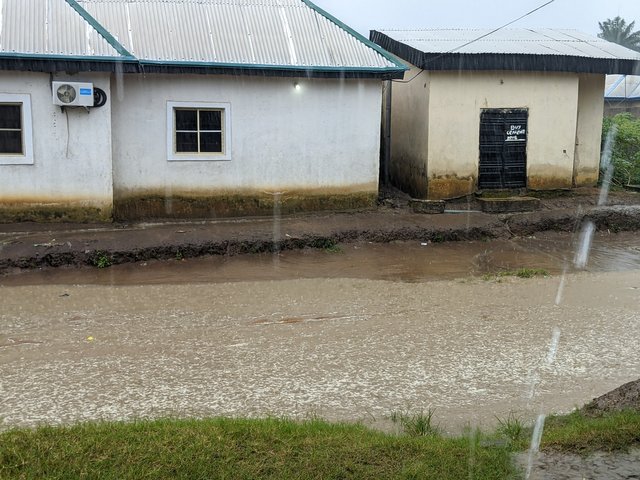 Heavy rainfall Heavy rainfall |  Sunshine Sunshine |
|---|
Sunlight is needed in the agricultural sector to provide food and nutrients for plants, but if it's too much, it affects the farmer and his agricultural produce. Let's delve into the effect of these climate changes on agriculture.
Describe in detail how agricultural productivity is affected by climate change. |
|---|
My first impression introduction created an impression on how this happens. When there's excess rainfall, it becomes a problem. When there's excess sunlight, it becomes a problem. When there's extreme wind, it becomes a serious problem as well as impacting crops negatively. Now let's look deep into some of these changes and how they affect agricultural productivity.
Agricultural productivity abounds when there's more stable climate change and not the extremes. Talking about droughts, which is a climate change, agricultural produce tends to be exposed to extreme heat and rising temperatures, which needs water to revive. In cases of droughts, plants tend to wilt and die, and they produce rot and decay, which reduces supply and brings about scarcity and increased prices of these commodities.
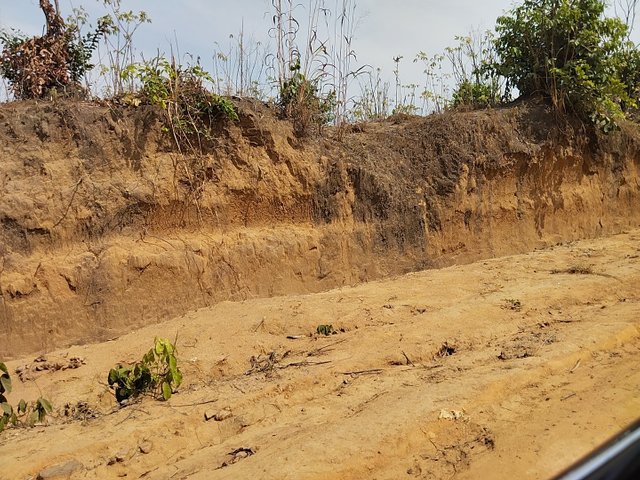
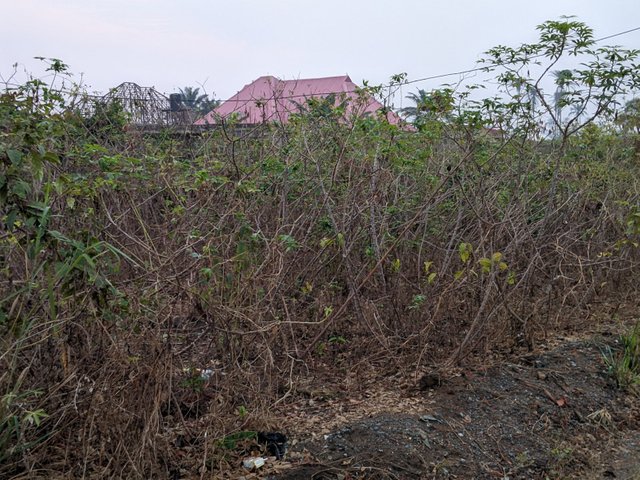 | 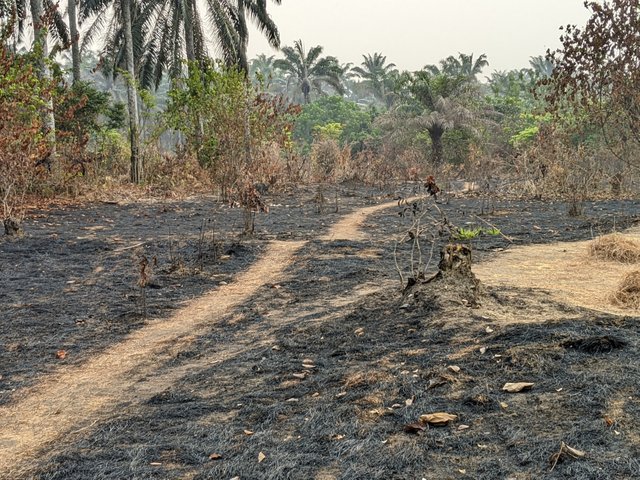 |
|---|
Aside from droughts, extreme weather conditions like storms, floods, and winds are about serious changes in the productivity of plants. Regardless of the fact that water replenishes the soil, if extreme, it can wash away the nutrients in the soil and also damage crops, impacting the yield of these crops. Some crops still at inception tend to wash out and nutrients deplete, which is extra work on the farmer's end.
He or she will have to restructure the farm again, implement some precautionary measures to prevent flooding, and also replant crops washed away by these floods. Extreme winds take crops down as their roots become weak. Sometimes it destroys the crops, which need replanting. All these are ways in which changes in climate affect the yield of agricultural productivity.
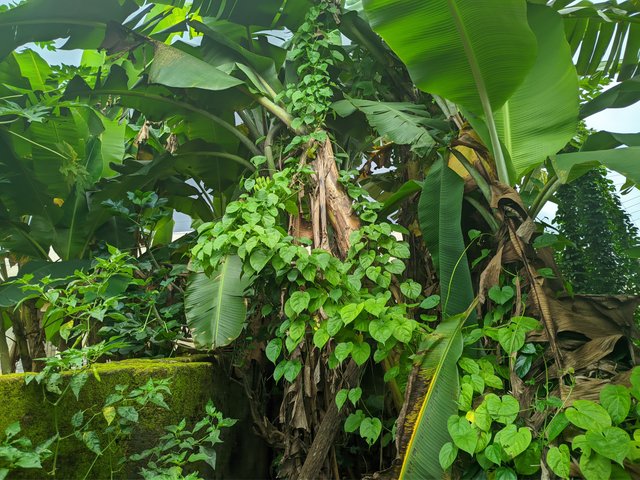 Before heavy wind Before heavy wind | 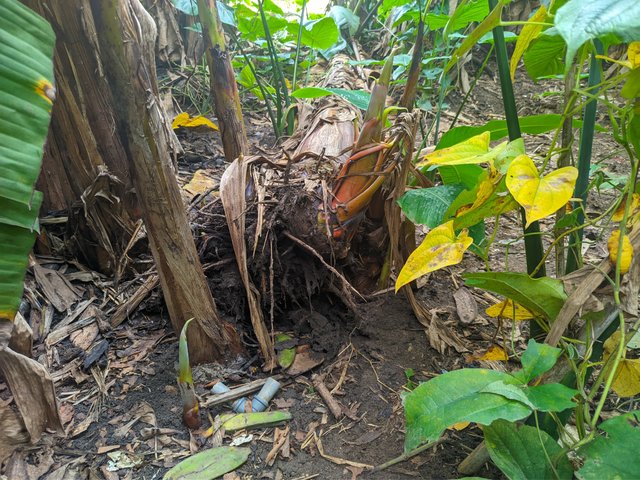 After heavy wind After heavy wind |
|---|
Discuss how extreme rains and extreme droughts damage crops. |
|---|
Highlighting it earlier speaks volumes, as too much of everything is a disease, and this applies the same to plants and crops. Too much water can be very harmful to crops, as it can deplete nutrients in the soil after adding to it. How? Flooding, a major consequence of extreme rainfall, brings about losses of crops as these crops are washed out from the soils and the roots too are exposed, making these crops unstable and unable to withstand pressure from winds.
Extreme rainfall also leads to crops decaying and rotting in the soil as the soil is waterlogged. The picture below shows a similar scenario of flooding. This is me replanting crops that have been washed by the flood and also taking precautionary measures to avoid such cases.
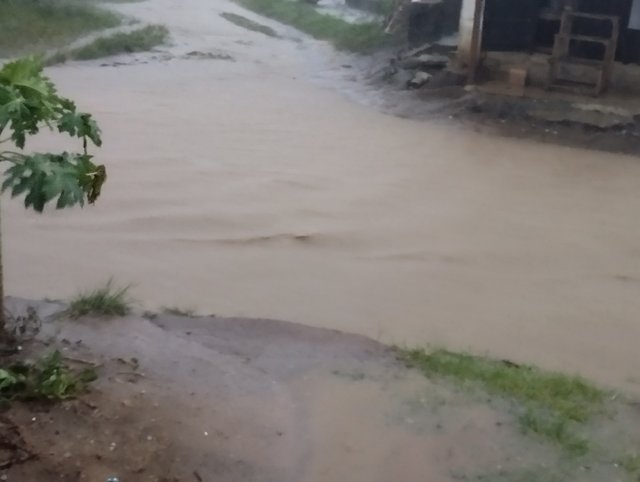 Extreme Rainfall can cause flooding Extreme Rainfall can cause flooding | 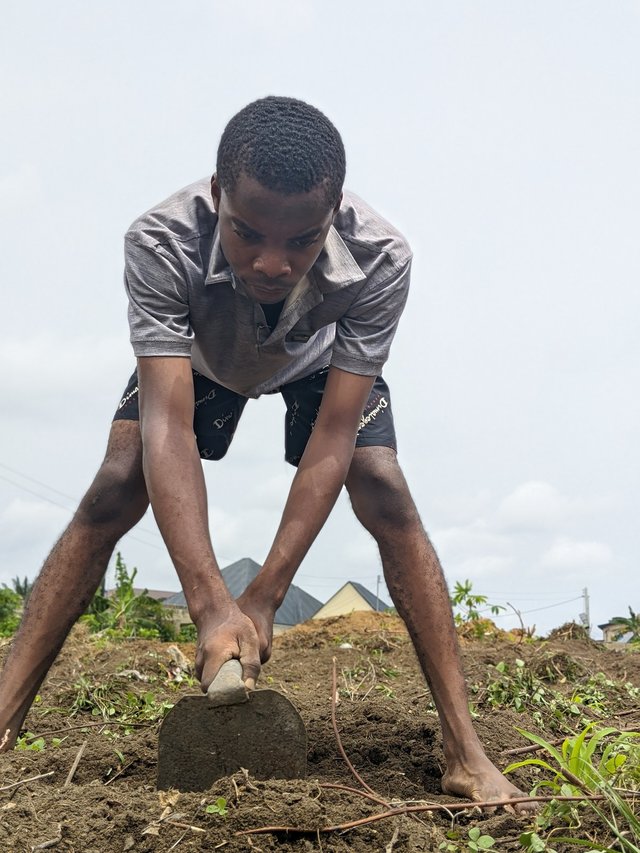 Picture of me replanting after flood Picture of me replanting after flood |
|---|
In the aspect of extreme droughts, rising temperature arises where the heat becomes unbearable for plants due to sunlight and they wilt and die in the process. Drought makes the ground so hard and strong for plants to carry out photosynthesis activities well, which leads to stunted growth, and there are some pests that usually thrive in dry seasons, including some boring animals, destroying crops and plants.
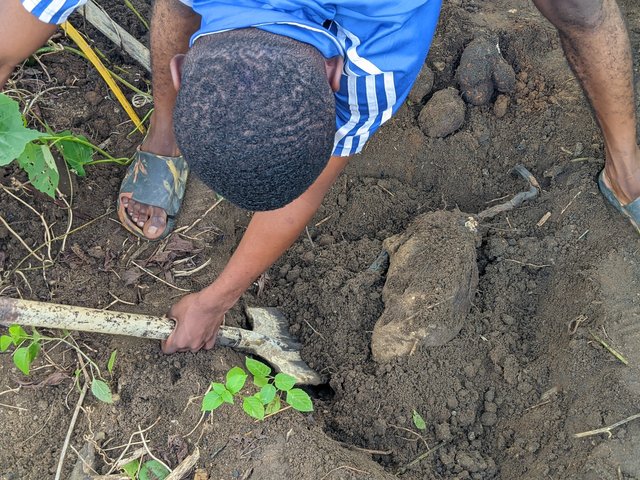 | 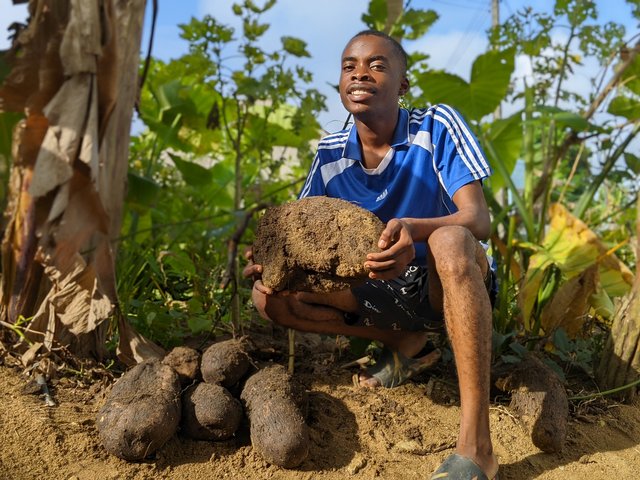 |
|---|---|
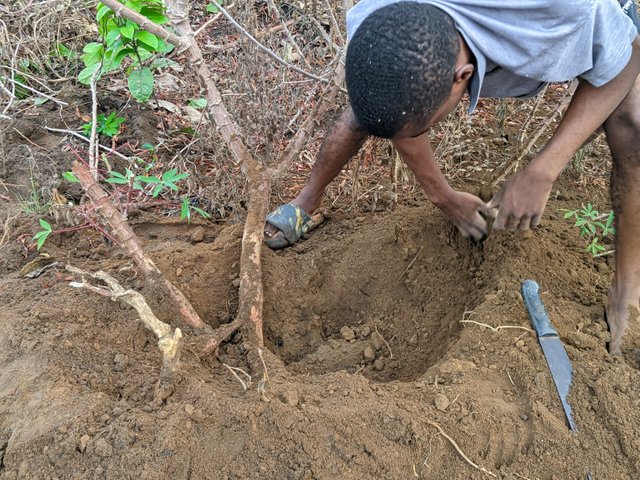 | 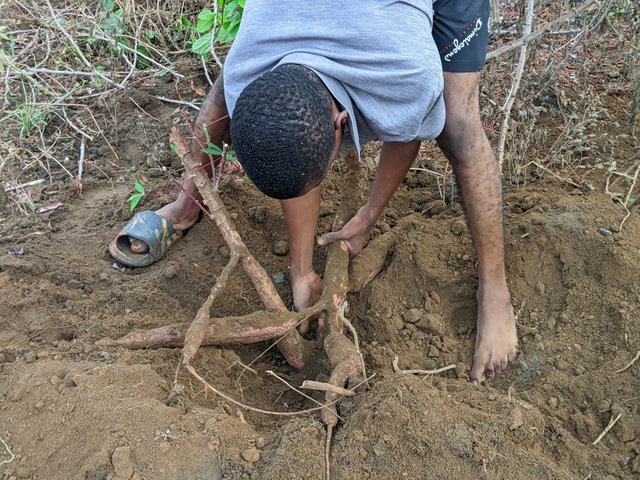 |
A similar scenario is a picture of me on the farm, trying to harvest some agricultural produce. Due to the hardness of the soil, I found it difficult to till the soil and do the harvest because of how hard the ground was, and when I successfully accomplished the tilling, I got discouraged by the produce as the growth is diminished due to a lack of water to enrich the soil and add to its growth. It's more like eating without water.
How do you expect digestion to occur? Your faeces become hard and unable to dispose. Same with crops not getting water due to drought. Aside from these, the prices of food and scarcity increase due to these droughts, as farmers can't plant and they run losses due to the growth of their produce.
Discuss in stages how new pests and diseases are emerging as a result of climate change AND what measures farmers can take to prevent them. |
|---|
Before you see the infestation of pests on your crop, one thing led to the other, and climate change is a contributing factor. How? When climate changes bring about changes in temperature of the environment to either hot or cold, pests tend to thrive during such changes.
In my region, pests are mostly seen when the temperature is cold and there's heavy rainfall, as these pests survive and grow in such conditions.
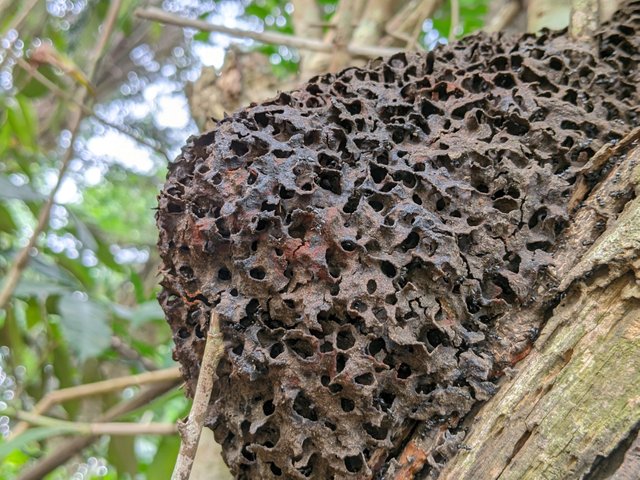 | Stage 1 |
|---|---|
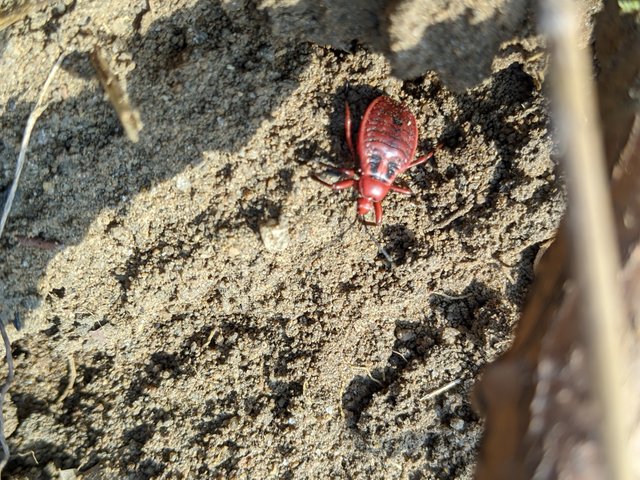 | Stage 2 |
- These pests become less subtle to temperature they can adapt to and become mobile, looking for crops or plants to infest on for food. They go about destroying crops growing from inception. That's why it's always advisable to nurse some crops first before exposing them to critical conditions; they may not be able to survive.
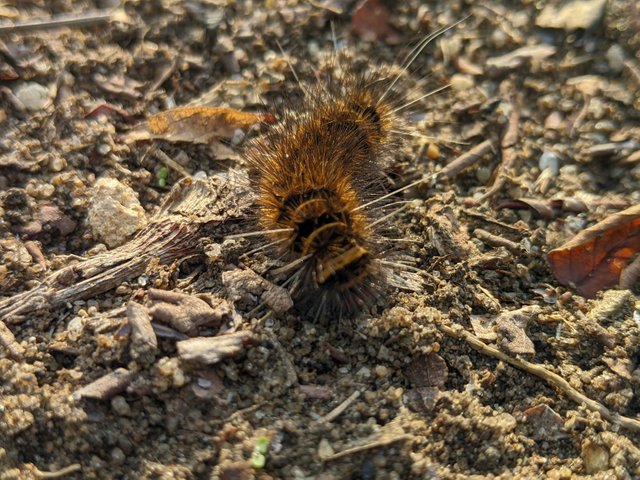 stage 3 stage 3 | 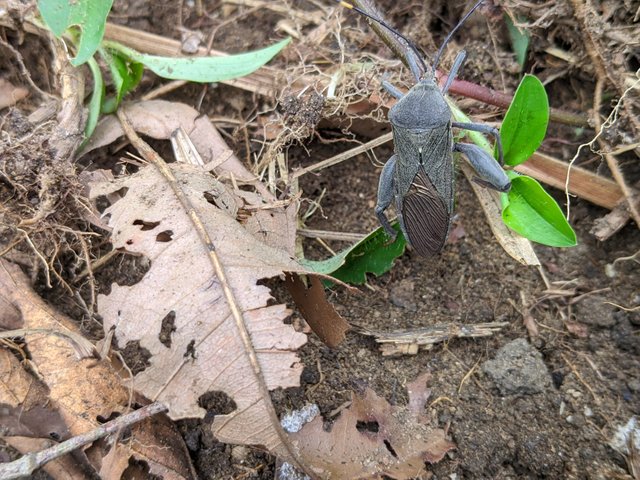 stage 4 stage 4 |
|---|---|
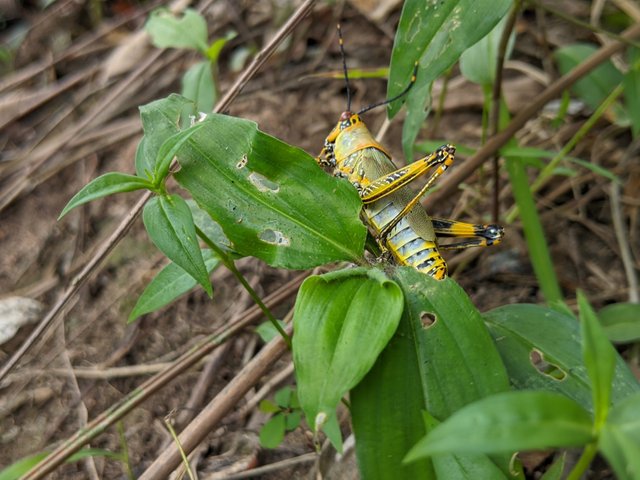 infestation on crops infestation on crops | 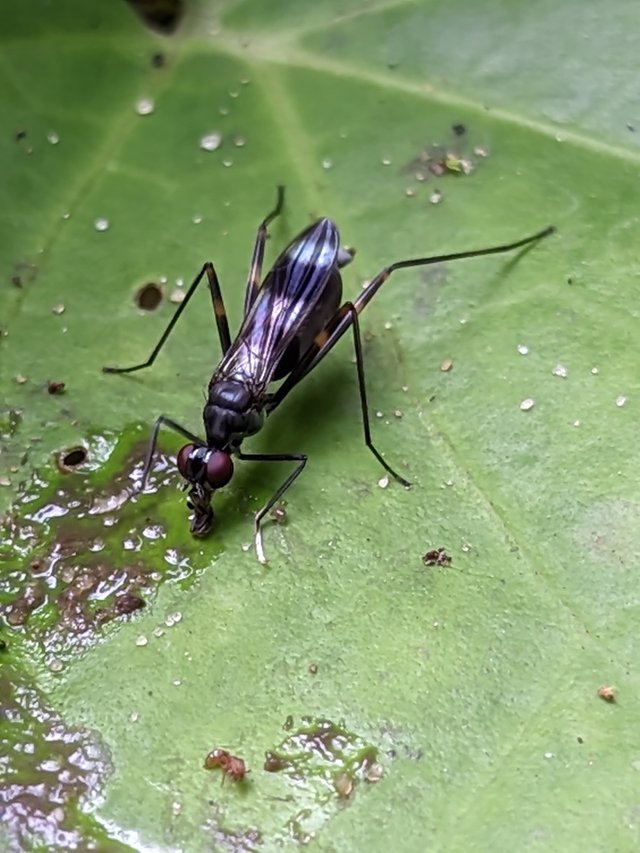 stage 5 stage 5 |
- New pests take advantage of the situation and attack crops roots, leaves, and stems like those seen on maize crops and mosaic in cassava. Extra work is needed by farmers to prevent the emergence of these pests, thereby improving their agricultural yield. As a farmer, monitoring your farm is very essential, especially after planting. You need to check on your farm periodically to know the situation of the crops and whether they are doing well or not.
In a situation where crops are infested by pests and diseases, control methods are essential to prevent and kill these pests. The use of insecticides and herbicides can help, and the clearing of weeds as shown in the picture below is very important. Weeds and farms in bushy areas increase the chances of pests being seen on crops. So as a farmer, I ensure I buy out time to remove weeds among crops to improve my crop's growth and yield.
Discuss what changes in irrigation systems are required due to climate change. |
|---|
Irrigation systems need to adapt to frequent floods and droughts to be effective, and some of these changes include efficient use of water. In cases where irrigation is used in gardens, crops, or fruits, the use of drip irrigation will help manage water, preventing losses in cases of drought. The irrigation system also needs to be structured with materials and designs in such a way that it can resist floods and droughts.
 | 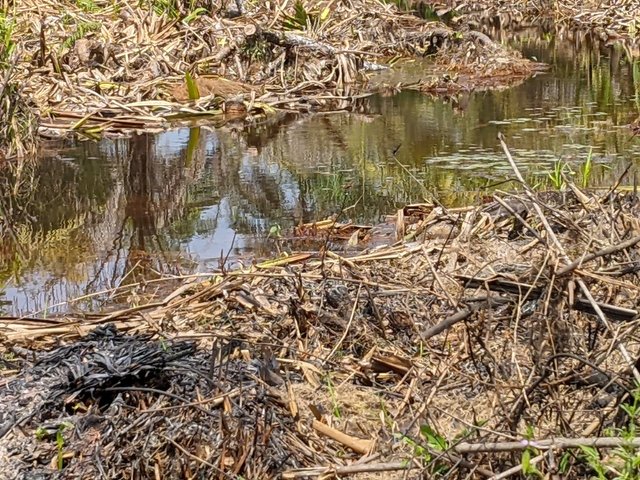 |
|---|
The irrigation system would need the implementation of cover crops, which is one of the best methods of controlling erosion and flooding and protecting crops interest and growth. Cover crops like potatoes, etc. will help improve this. Also, the use of drought-tolerant crops will help conserve water in times as such.
Every farmer would want the best for their crops, and implementing the irrigation system changes as climate changes will go a long way into protecting the crops of this farmer and increasing the yield therein.
Explain the two best ways to respond to climate change. |
|---|
Planting trees and reforestation: This is one of the many ways to respond to climate change, as trees in general help support the lives of plants, acting as resistance to wind, storms, and other natural factors as a result of the change. Just imagine a heavy wind blowing your farm. The absence of tall trees to control these winds will do more harm than good on a bare surface.
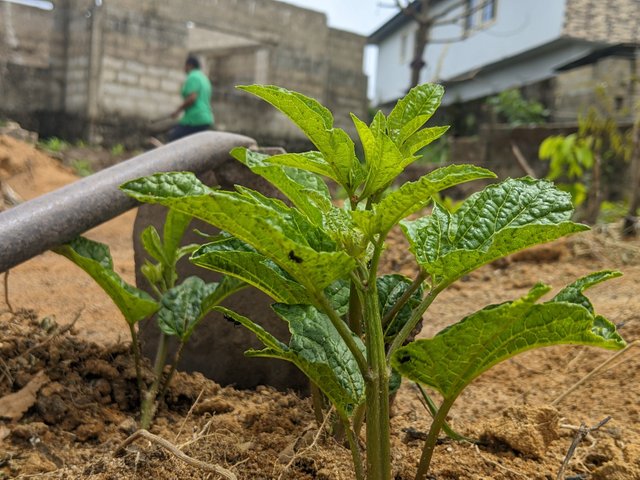 | 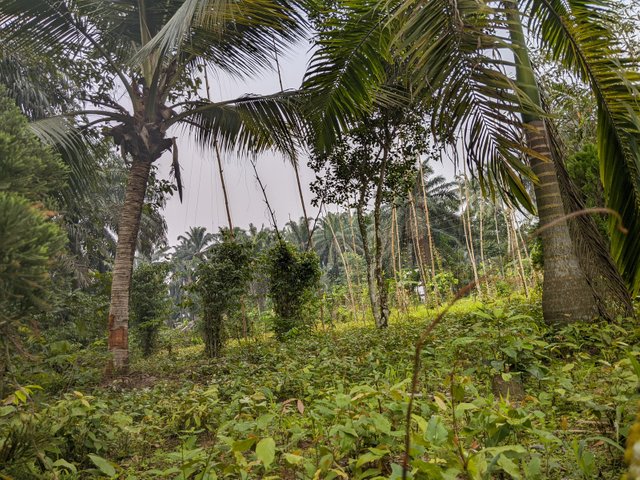 |
|---|
The roots of your crops would be uprooted, and crops would be damaged and difficult to restore. So planting trees and cover crops will help reduce climate change in terms of heavy winds and flooding.
Availability of water close to farm areas can be essential when the drought period comes, as you'll not need to do much expense in conveying water to your farmland. When this is available, it would be easier for you to improve the lives of those crops by watering them every night. It may be as well tedious but very beneficial to the crops when extreme drought comes.
 | 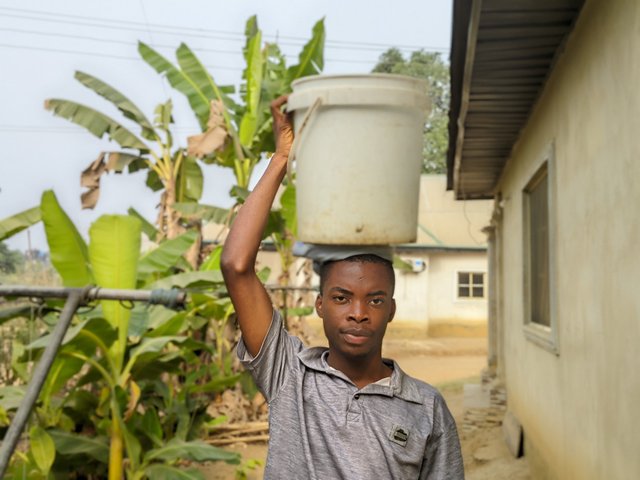 |
|---|
** Sometimes most crops don't still survive even when given water in these drought conditions**; you still need to make this available to avoid losses from the crops and your hard work compensated for.
In conclusion, it's quite obvious climate change is the major reason agricultural produce goes well and wrong. As farmers, we need to understand these changes and do what it takes to avoid our crops running out of life and reduced growth and quality. No matter how bad a climate is, we can always adapt to these changes, even though losses would be part of the hard work.
The way we take care of our health should be the same way we take care of these crops when under climatic change attack.
| Rainfall | Sunshine | Wind or Air |
|---|---|---|
| Enrich the soil | Growth in plants | Plants Growth |
| Flood | Drought | Destruction |
| Losses | Losses/Death | Losses |
I invite @artist1111, @dove11, and @patjewell
https://x.com/bossj23Mod/status/1833494671311683584?t=rq9TK7jm1N9bjlXFccBe5A&s=19
Upvoted. Thank You for sending some of your rewards to @null. It will make Steem stronger.
@tipu curate
Upvoted 👌 (Mana: 6/7) Get profit votes with @tipU :)
Welcome to the agro-learning challenge season 20.
Observations and suggestions:
. Your introduction and explanation for climate change were emphatic, given those real-life illustrations and owned images.
. Good knowledge of extreme rains and droughts. It was also nicely put together.
. Your explanation of emerging new pests and diseases was a little limited. Aside from temperature-induced causes, precipitation changes, species distribution, and man-made activities are carriers.
. Generally, you have articulated and presented your post nicely.
We hope to see you in week 2. Thanks for participating...😊
I'm glad you enjoyed reading my entry. Thanks for the review